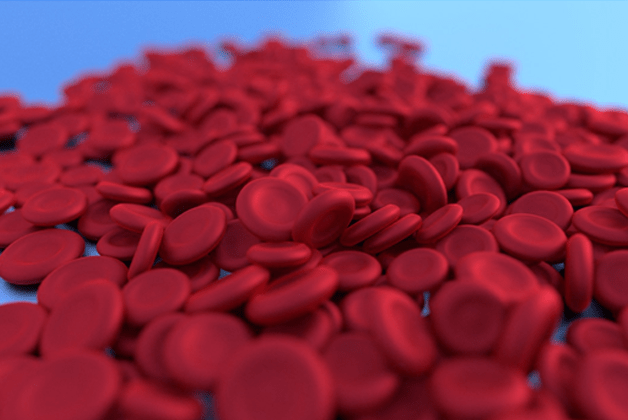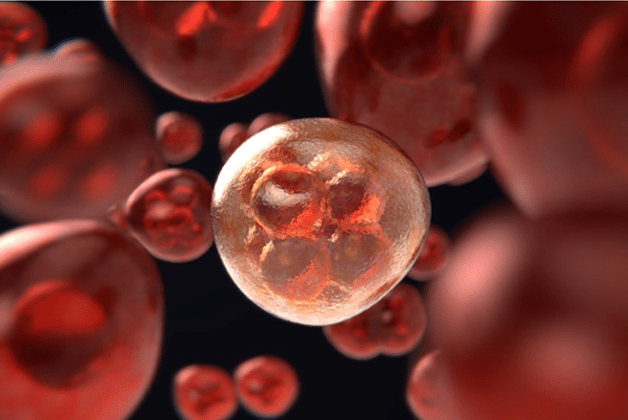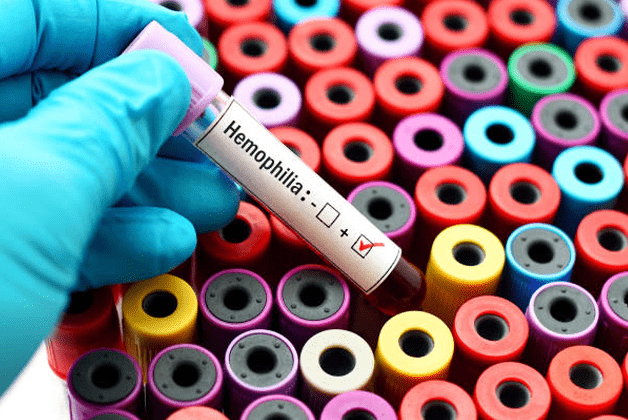According to the National Heart, Lung, and Blood Institute, blood disorders affect millions of people every year. These acquired and inherited disorders are capable of causing several problems, including abnormal cell function and disease. In an effort to gain an understanding of the various blood-related disorders, scientists are constantly studying an array of aspects. This study of blood and blood-related diseases is known as hematology. In this blog, we’ll discuss blood-related disorders in detail, including info on some of the most common blood disorders out there. Read on below to learn more.
What are Blood-Related Disorders, Exactly?
Blood-related disorders include problems occurring with white blood cells, platelets, red blood cells, blood vessels, bone marrow, lymph nodes, and associated proteins. They occur when one or more parts of the blood are not doing their job. Whether it be excessive bleeding, difficulties with clotting, or simply not feeling like oneself, blood-related disorders can display several different symptoms.
Now, while a blood disorder sounds bad, people with such afflictions are almost always able to lead long and healthy lives; especially when it is detected early. Below, we’ve included the most common blood-related disorders along with their corresponding symptoms.
Anemia

According to WebMD, anemia is the most common blood disorder in America. This decrease in the production of red blood cells leads to a reduction in the levels of oxygen available during transportation. Individuals suffering from rheumatoid arthritis, thyroid disease, cancers, liver disease, and inflammatory bowel disease are at a greater risk of developing anemia. Below are the most common signs and symptoms of anemia.
- Unexplained weakness
- Fatigue
- Dizziness
- Chest pain
- Irregular heartbeat
- Pale skin
- Headaches
In all, there are five types of anemia. These include:
- Iron deficiency anemia – As the name implies, this anemia is caused by the deficiency of iron. It can lead to severe problems, especially during pregnancy and childbirth.
- Vitamin-deficiency anemia – This anemia arises due to the deficiency of vitamin B12 (folic acid).
- Aplastic anemia – A condition in which bone marrow is unable to produce sufficient amounts of red blood cells, white blood cells, and platelets.
- Hemolytic anemia – A disorder where infections, autoimmune diseases, and congenital abnormalities cause hemolytic anemia where blood cells break down in the bloodstream or spleen.
- Sickle cell anemia – A condition in which red blood cells become sickle-shaped and clog the circulation flow.
Blood Cancer

Generally, blood cancers start in the bone marrow where blood is produced. It harms the affected individual as it affects the production and function of blood cells. There are many common symptoms of blood cancer for which to look out, including:
- Tiredness, breathlessness, paleness
- Unexplained rash, bruising, or bleeding
- Infections or unexplained fever
- Lumps and swellings
- Bone pain
- Drenching night sweats
- Itchy skin
- Unexplained weight loss
There are three main types of blood cancers. These include:
- Lymphoma – Lymphocytes are the cells that help in fighting infections. Lymphoma affects the body’s ability to fight infections, leading to the weakening of the immune system.
- Leukemia – Leukemia is the cancer of bone marrow leading to the abnormal production of white blood cells.
- Myeloma – Myeloma is the cancer of plasma cells that leads to a weakening of the immune system.
Hemophilia

According to the Centers for Disease Control, Hemophilia occurs in about 1 in every 5,000 males. But what is it, exactly? Hemophilia is an inherited bleeding disorder that occurs when an individual lacks certain proteins or, more specifically, clotting factors (or clotting factor VIII in most cases). The most common signs and symptoms of hemophilia include:
- Bleeding gums
- Blood in the urine and stool
- Arboreal bruises
- Blurred vision
- Neck pain
- Pain in the joints
- Irritability
What Does Blood Disorder Treatment Look Like?
Blood disorders can affect the overall health of an individual and should never be ignored. If you are diagnosed with a blood-related disorder, the good news is that there are plenty of treatment options. To treat blood-related disorders, healthcare professionals may prescribe medications such as erythropoietin injections, vitamin supplements, etc.
Naturally, depending on which type of blood disorder you have, doctor-prescribed treatments can vary. These treatments range from basic observation to the use of steroids, transfusions or coagulation factor support, chemotherapy, growth factor supplementation, and bone marrow transplantation.
Take Your Health and Blood-Related Disorders Seriously

Now that you’ve reached the end of this blog on what blood-related disorders are and what causes them, hopefully, we’ve cleared up any questions you may have had. And if any of the above-mentioned symptoms sound like what you’re dealing with, don’t hesitate to get in for a check-up with your GP. In the end, the earlier any blood-related disorder is detected the better.



